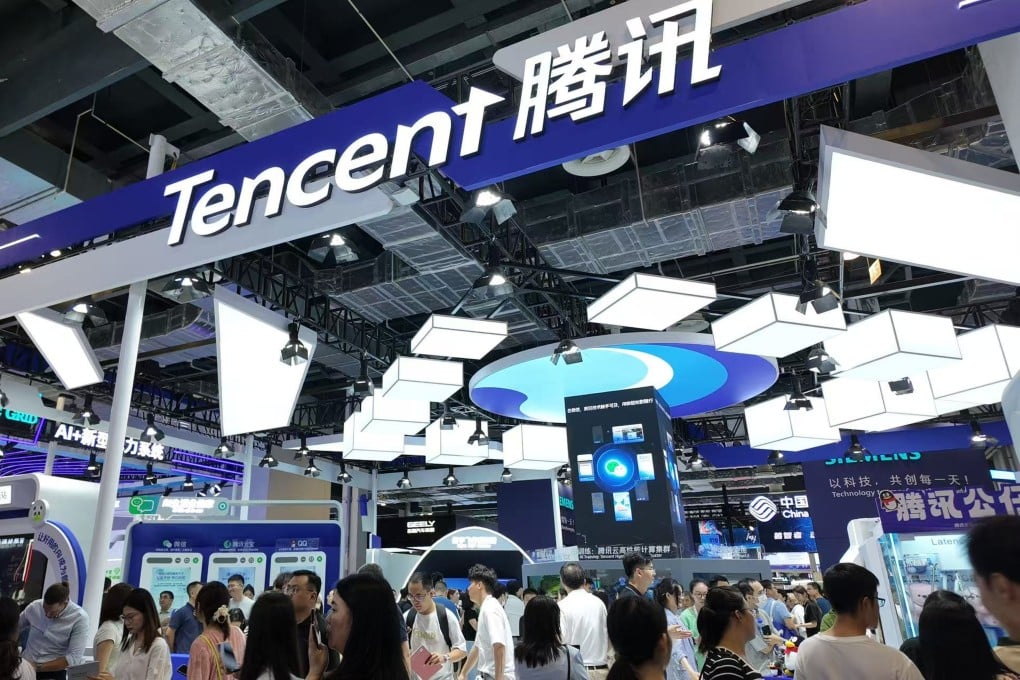Chinese tech giants Tencent and SenseTime have ignited fresh competition in the artificial intelligence sector by unveiling new AI models at the World Artificial Intelligence Conference (WAIC) 2025 in Shanghai. As the global AI arms race continues to intensify, these new launches signal a bold step forward by two of China’s leading tech players to push the boundaries of innovation and capture new revenue streams.
Tencent introduced its Hunyuan 3D World Model 1.0, a groundbreaking open-source AI tool designed to generate intricate 3D environments. This model allows users to create interactive, 360-degree virtual scenes through natural language prompts or image inputs, dramatically simplifying the design process for virtual reality experiences and video game environments. The model stands out for being the first of its kind to be fully compatible with CG pipelines the industry-standard workflows used in film, gaming, and visual effects production.
The Hunyuan 3D model is expected to play a pivotal role in enhancing creative efficiency across digital industries by reducing the technical barriers in 3D content creation. It positions Tencent to become a major player in the virtual content economy, with potential applications ranging from immersive storytelling to next-gen gaming.
On the other hand, SenseTime revealed SenseNova V6.5, the latest in its series of multimodal AI models. According to the company, the new model outperforms several global competitors, including Google’s Gemini 2.5 Pro and Anthropic’s Claude 4-Sonnet. This model builds upon the advancements made in its predecessor, SenseNova V6, and continues the company’s strategic focus on multimodal capabilities integrating text, image, audio, and video understanding into a unified AI system.
The rollout of SenseNova V6.5 highlights the growing ambition among Chinese AI firms to challenge the dominance of Western AI leaders. By continuously advancing their in-house model architectures, both Tencent and SenseTime are demonstrating that China’s AI sector is not just catching up but beginning to lead in specialized domains.
These launches at WAIC 2025 mark a new chapter in the global AI rivalry, where domestic tech innovation is driving the narrative and setting the pace for the next generation of intelligent applications.

